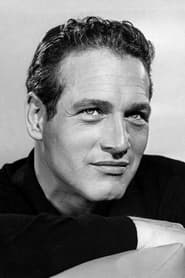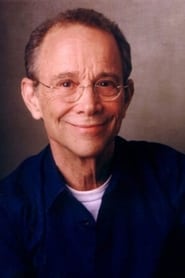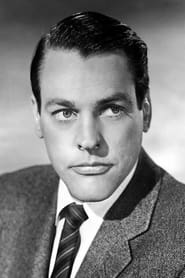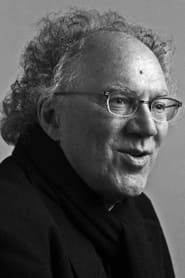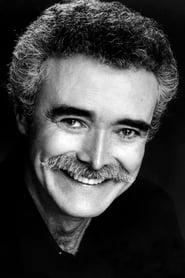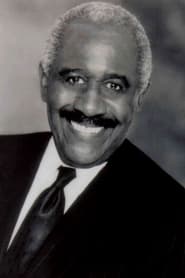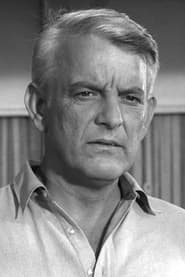Cast
View AllPaul Newman
as The Star (William F. Cody)
Joel Grey
as The Producer (Nate Salisbury)
Kevin McCarthy
as The Publicist (Maj. John Burke)
Harvey Keitel
as The Relative (Ed Goodman)
Allan F. Nicholls
as The Journalist (Prentiss Ingraham)
Geraldine Chaplin
as The Sure Shot (Annie Oakley)
John Considine
as The Sure Shot's Manager (Frank Butler)
Robert DoQui
as The Wrangler (Oswald Dart)
Mike Kaplan
as The Treasurer (Jules Keen)
Bert Remsen
as The Bartender (Crutch)
Bonnie Leaders
as The Mezzo-Contralto (Margaret)
Noelle Rogers
as The Lyric-Coloratura (Lucille DuCharme)
Evelyn Lear
as The Lyric-Soprano (Nina Cavallini)
Denver Pyle
as The Indian Agent (McLaughlin)
Frank Kaquitts
as The Indian (Sitting Bull)
Crew
Director
- Robert Altman
Producer
- Robert Altman
- Dino De Laurentiis
Reviews
Wuchak
_**Tedious arty Western; thoroughly UNentertaining**_
Released in 1976 and directed by Robert Altman, "Buffalo Bill and the Indians, or Sitting Bull's History Lesson" stars Paul Newman as Buffalo Bill Cody, the star of his famous "Wild West Show" in the shadow of the Rockies in 1885. After Chief Sitting Bull of Little Big Horn fame (Frank Kaquitts) arrives with his Number One (Will Sampson), Cody is irked that the chief isn't a slaughtering savage, but is silently heroic and honorable. Cody fires him, but relents when star attraction Annie Oakley (Geraldine Chaplin) sympathizes with Sitting Bull. Then President Grover Cleveland (Pat McCormick ) visits with his entourage.
This is revisionist Western, a "message movie" that Altman uses to criticize popular ideas or myths about the Old West. The titular hero is merely a showbiz creation who can no longer differentiate the truth from his made-up image. He's a blustering fool who asserts to be one with the Wild West, but lives in extravagance, play-acting in his Western circus. His hair is fake, he can no longer shoot straight or track a Native; and all his theatrical duels with owlhoots and Indians are fixed in his favor.
The theme is interesting and the ensemble cast is great (which also includes Burt Lancaster, Kevin McCarthy, Harvey Keitel, John Considine, Noelle Rogers, Shelley Duvall and Denver Pyle, amongst other notables). It should've worked, but it didn't. It's somewhat akin to "Little Big Man" (1970) but less of a comedy and nowhere near as entertaining (not that I'm a big fan of that movie or anything, but at least it has its entertaining moments). While the Wild West circus elicits some entertaining moments (e.g. rodeo stunts) they can't save the flick from being an arty, pretentious, tiresome bomb. Moreover, the principle Native Americans are ironically so one-dimensional and wooden I thought maybe Altman was making a snide aside about "wooden Indians."
Lastly, the ideology is blatantly one-sided against the New Americans, depicting Not-as-New Americans as super-noble while conveniently ignoring their documented dark side, e.g. the heinous torture tactics most tribes inflicted on their captive enemies, including other tribes-people, so as to hinder their condition in the afterlife (the "happy hunting grounds" or whatever). For instance, they'd gouge out enemies' eyes or mutilate their genitals so they (supposedly) wouldn't be able to see or copulate in the after-world. Yup, that's just so virtuous (sarcasm). Actually, I could handle this lopsided perspective if the movie itself were entertaining, but that's hardly the case.
The film runs 123 minutes and was shot in Alberta, Canada, mostly at Stoney Indian Reserve.
GRADE: D
Sep 21, 2021
Thematic Analysis
Buffalo Bill and the Indians, or Sitting Bull's History Lesson represents a fascinating example of Western/Comedy cinema, offering viewers a unique perspective on the human experience and societal structures. The film's approach to its themes demonstrates a creative vision that distinguishes it within its genre.
Director Robert Altman brings their distinctive visual style to this film, continuing their exploration of themes seen in their previous works while adding new elements. Their approach to pacing and visual storytelling creates a viewing experience that rewards close attention.
Released in 1976, the film exists within a cultural context that now offers viewers historical perspective on the social issues of that era. Its reception demonstrates the diverse reactions to its artistic choices and its place in cinema history.
Did You Know?
- The production of Buffalo Bill and the Indians, or Sitting Bull's History Lesson took approximately 14 months from pre-production to final cut.
- The final cut of the film runs for 123 minutes, though the director's initial assembly was reportedly 169 minutes long.
- Some visual effects sequences took up to 5 months to complete.
- Several scenes were filmed in multiple locations to capture the perfect setting.
- The musical score contains over 59 unique compositions.
Historical Context
- In 1976, when this film was released:
- Disco music dominated popular culture.
- Economic recession and oil crises were affecting global economies.
- The film industry was dominated by major studios, with independent cinema still in its early development.
How This Film Stands Out
While Buffalo Bill and the Indians, or Sitting Bull's History Lesson shares thematic elements with other films in its genre, it distinguishes itself through its unique approach to storytelling, visual style, and character development.
Unlike 3:10 to Yuma, which focuses more on action than character development, Buffalo Bill and the Indians, or Sitting Bull's History Lesson offers a fresh perspective through its innovative visual language and narrative structure.
While films like Soldier Blue and Hello, Dolly! explore similar territory, Buffalo Bill and the Indians, or Sitting Bull's History Lesson stands apart through its deeper exploration of its central themes and more complex characterization.
This film's unique contribution to cinema lies in its bold artistic choices and willingness to challenge viewer expectations, making it a valuable addition to its genre.
Details
- Release Date: June 24, 1976
- Runtime: 2h 3m
Where to Watch






